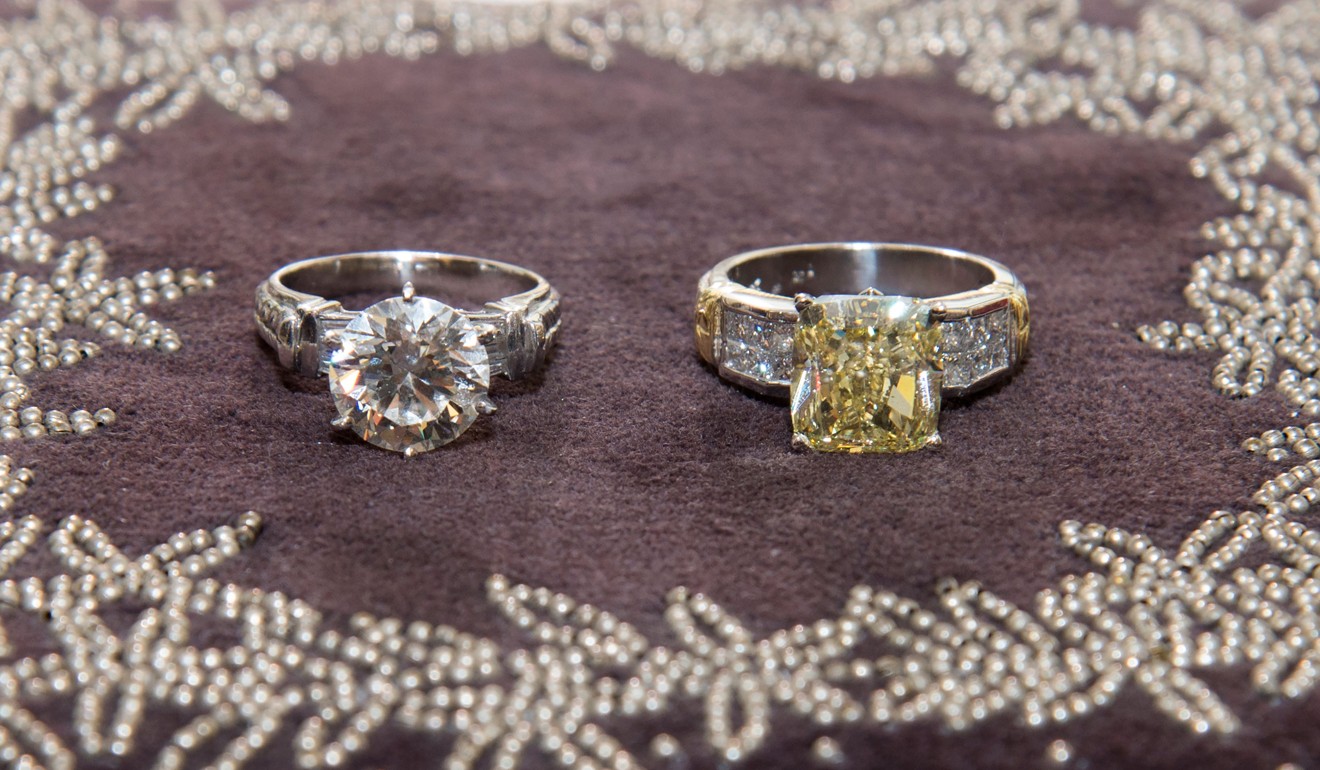
Platinum price outlook is rosy, says industry group highlighting China as demand driver
The World Platinum Investment Council, backed by six of the leading producers of the silver metal, has opened an office in Shanghai to help drum up interest from institutional investors.
The council, formed in 2014 to develop investment demand, is banking on stronger prices and a favourable supply/demand outlook in 2018 to help attract financial intermediaries such as banks and institutional asset managers.
“Platinum has good characteristics, it is just not as well known as gold [as a store of value],” the council’s chief executive Paul Wilson told the South China Morning Post.
“We are meeting institutions in China with a view of bringing to the market attractive investment products [on platinum].”
Wilson said that holding platinum can help diversify an investment portfolio, and that a persistent supply deficit in the past five years that drew down stockpiles should bode well for prices.
Deng Weibin, who joined the council in July this year as head of China, said that his team has been holding discussions with financial institutions that sell gold wealth management products, exchange traded funds, physical gold and paper platinum products.
“We also need to coordinate with the [commodities] exchange operators at a high level … and educate investors,” he said.
The council’s backers include the platinum units of global mining giant Anglo American and South African mining major Lonmin.

Global investment demand for the metal is expected to remain flat in 2018 at 250,000 ounces, the council said in a market quarterly review report.
Wilson said investment demand accounted for 5 per cent of total global platinum demand, and that the council hopes to boost this ratio to 10 per cent to 15 per cent in five years, driven partly by interest from mainland investors.
Platinum prices have roughly doubled over the past three decades, although it is currently about 50 per cent below its peak in August 2011. Meanwhile gold prices have also tripled during the same 30 year period.
In the last few years platinum prices have weakened as a result of China’s anti-graft campaign, which led to the investigation and prosecution of hundreds of officials across the country and tamped down enthusiasm for the gifting of luxury items.

As a result, China has seen its overall consumption of the metal trend lower in the past few years.
Wilson said China’s platinum demand is likely to be flat in 2018 after a 3 per cent decline in 2017. However India is expected to take up the slack with demand forecast to rise 20 per cent in 2018.
“In 2018, we believe China’s demand will stabilise thanks to a strong economy and India will continue to see strong growth,” Wilson said. “In the long term, China is a huge growth market that may last for 20 years mainly driven by [increasing consumption] in second and third-tier cities.”
Globally, the council forecasts a supply deficit of 275,000 ounces in 2018, with demand to rise 2 per cent, overshadowing a gain of 1 per cent in supply.

Mine closures in South Africa, which produced 70 per cent of global supply last year, has been cited as the major reason for the drop.
The automotive sector, which uses the metal in catalytic converters to reduce harmful engine emissions, accounted for 42 per cent of the 8.32 million ounces consumed in 2016.
Other major users of platinum include manufacturers of glass, cancer treatments and medical devices. Platinum is also used in refineries to facilitate the breakdown of crude oil.

